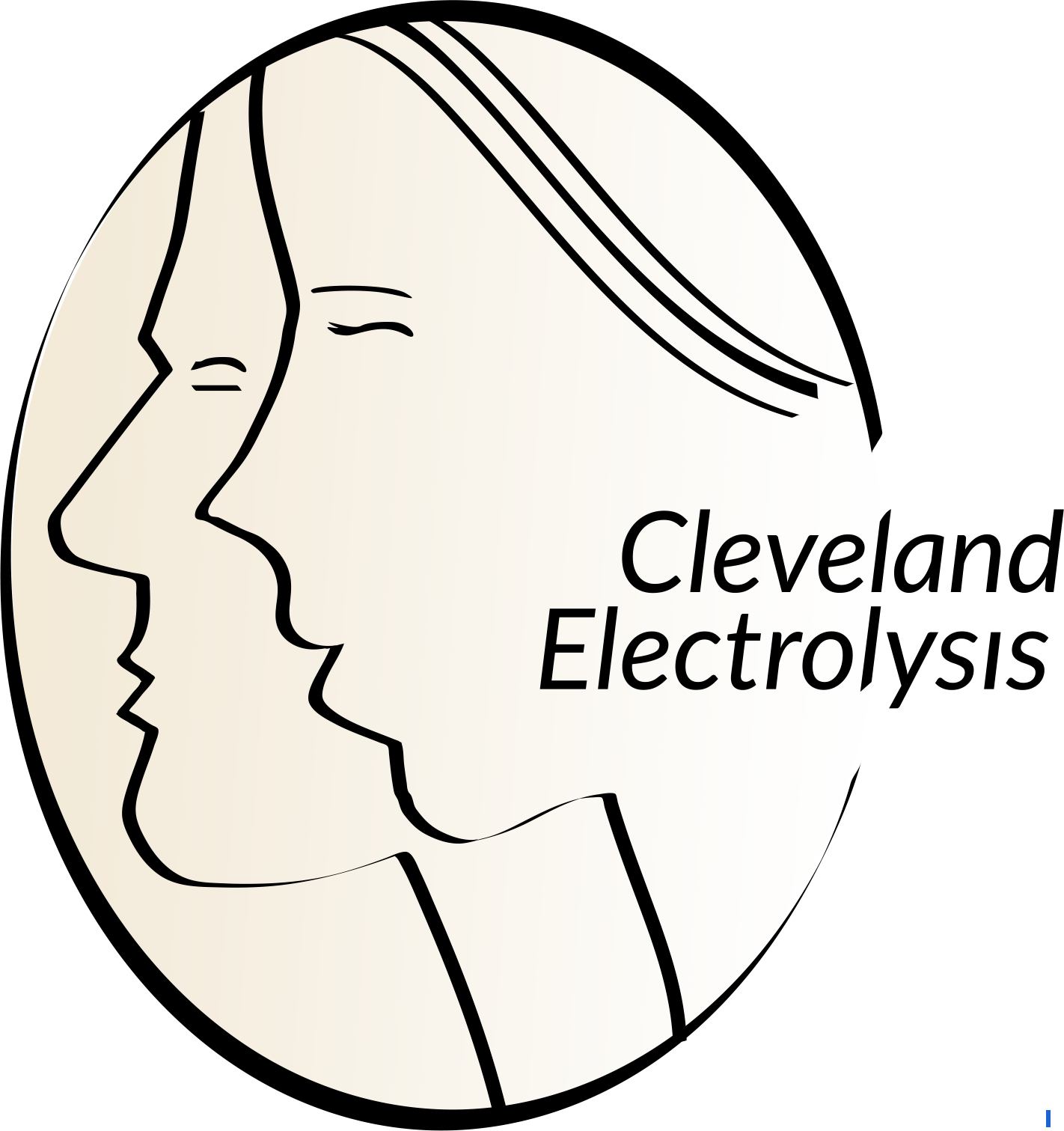
Finding Balance: A Blog for Healthy Living
Electrolysis, Laser . . . Or Both?
April 7, 2018
Are you tired of unwanted hair? Are you frustrated by how quickly the hair returns after waxing or shaving? If so, you may want to consider a more long-lasting approach to hair removal. Laser hair removal and electrolysis are both valuable options, but the pros and cons of each should be considered on an individual basis.
Laser
If you are interested in having a large area (such as the legs or underarms) treated, you may want to consider laser hair removal. The appeal of laser rests in its ability to treat a large area in a relatively short amount of time.

Laser works through the use of highly concentrated beams of light. The laser light is passed over the treatment area, where it is selectively absorbed by the pigment at the base of the hair follicle. The light is converted to heat, which damages the hair follicle. The hair then enters a state of dormancy for an extended period of time. When the treated hair does finally regrow, it should be lighter and finer than before.
It is important to understand that laser works best for those with dark hair and fair skin. If the hair lacks pigmentation, not enough light can be converted to heat and the hair follicle will remain undamaged. Therefore, individuals with red, blond, gray or fine hair may not be good candidates for laser. Individuals with dark skin may benefit from laser, as long as the correct type of laser is used.
According to the American Academy of Dermatology, the results of laser may last several months to a few years. Laser is considered a form of hair reduction, but should not be considered permanent hair removal.
Electrolysis
If you are interested in treating a more isolated area (such as the upper lip and/or chin) you may want to consider electrolysis. Electrolysis is effective for all skin and hair types, regardless of pigmentation, and can be used to treat both course and fine hairs.
Electrolysis involves inserting a fine, hair sized probe into the follicle and delivering a minute current. The current destroys the root of the hair as well as the cells that cause regrowth. Original electrolysis devices relied solely on galvanic (direct electrical) current to catalyze a chemical reaction within the hair follicle. When galvanic current is used today, it is often used in conjunction with ‘thermolysis’ – a method that utilizes high frequency energy to heat and destroy the follicle. Thermolysis may also be used independently of galvanic electrolysis.
Electrolysis does take time, but, according to the FDA, ultimately results in the permanent elimination of treated hair.
It is important to understand that even after an area has been effectively cleared by electrolysis, changes in hormone levels can cause new hair to emerge. It is not uncommon for women who had facial hair successfully treated when they were young to experience additional growth during and after menopause and to require additional treatment.
Some clients may opt to take advantage of both techniques. An area of the face or body may be treated with laser in order to reduce hair density, then treated with electrolysis to eliminate residual hair. This approach may work well for clients with a large amount of dark and white hair. Laser can be used to reduce the amount of dark hair, then electrolysis can be used to eliminate the remaining dark hair and to treat the white hair.
Both treatment methods can provide a long term solution to unwanted hair. If you are not certain which method is best for you, consider speaking with a licensed cosmetic therapist (electrologist) as well as a laser technician to better understand your options.
Sources
American Academy of Dermatology. Laser Hair Removal [Online Article] Retrieved from: https://www.aad.org/public/diseases/cosmetic-treatments/laser-hair-removal
Healthline. Laser Hair Removal vs. Electrolysis: Which is Better? [Online Article] Retrieved from: https://www.healthline.com/health/beauty-skin-care/laser-hair-removal-vs-electrolysis#modal-close
Jesitus, J. (2011). Dermatology Times. Electrolysis successful where laser hair removal fails [Online Article] Retrieved from: http://dermatologytimes.modernmedicine.com/dermatology-times/news/modernmedicine/modern-medicine-feature-articles/electrolysis-successful-where?page=full
Leonard, J. (2017). Medical News Today. What you should know about laser hair removal versus electrolysis [Online Article] Retrieved from: https://www.medicalnewstoday.com/articles/320329.php